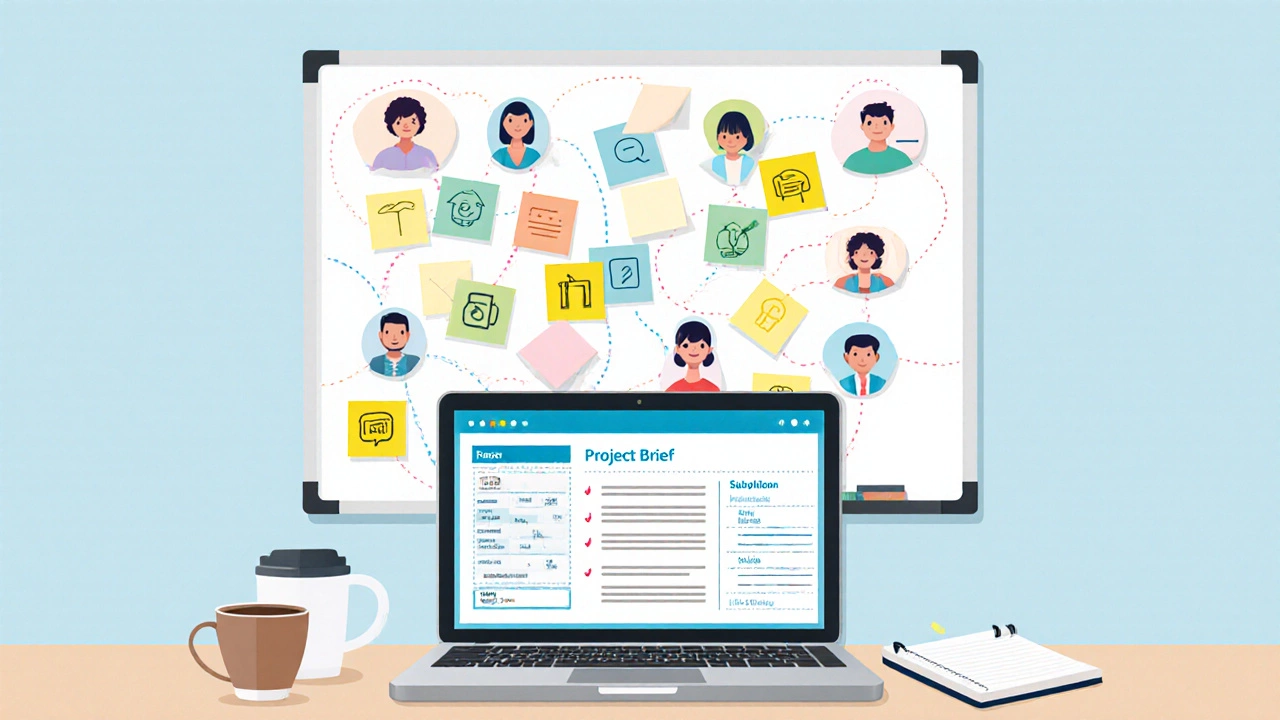
eLearning Development: Trends, Tools, and Real‑World Tips
When working with eLearning development, the process of designing, building, and delivering digital learning experiences. Also known as online learning design, it connects educational goals with technology to reach learners anywhere. Think of it as the engine that powers everything from a short tutorial video to a full‑blown university program delivered over the internet. This engine needs the right fuel – content, platforms, and assessment tools – to run smoothly.
One of the biggest fuel sources is online courses, structured learning modules that users can access on demand. Whether you’re looking at a free coding bootcamp or a paid professional certificate, online courses shape the learner’s journey, set pacing, and provide the scaffolding for mastery. They also dictate the type of technology stack required, influencing everything from video hosting to interactive quizzes.
Key Components of Effective eLearning
Another critical component is mobile coding, the practice of writing and testing code directly on smartphones or tablets. Mobile coding apps let learners experiment in real time, turning idle commute moments into productive study sessions. When eLearning platforms integrate mobile coding labs, they boost engagement and lower the barrier to entry for tech‑savvy students.
Credentials matter too. Coursera certificates, digital badges that verify completion of a Coursera‑hosted course have become a common benchmark for employers. They bridge the gap between informal learning and formal recognition, giving learners a tangible proof of skill that can be added to resumes or LinkedIn profiles. The rise of such certificates pushes eLearning developers to align curricula with industry standards.
Beyond Coursera, the broader market of online certifications, industry‑approved credentials earned through digital coursework plays a huge role in shaping curriculum design. When a certification demands hands‑on projects, eLearning teams must embed simulations, labs, or peer‑review systems to meet those requirements. This creates a direct link: eLearning development requires certification‑aligned content to stay relevant.
Platform choice also influences design. Learning Management Systems (LMS) provide the backbone for content delivery, progress tracking, and analytics. An LMS that supports SCORM or xAPI enables data‑driven improvements, letting creators see which modules spark engagement and which need a redesign. In short, the LMS is the conduit that turns raw educational material into an interactive experience.
Content format diversity is another pillar. Video lectures capture visual learners, while podcasts serve auditory fans. Interactive simulations give hands‑on practice, and text‑based readings support those who prefer to read at their own speed. When all these formats coexist, eLearning development can cater to multiple learning styles simultaneously, increasing overall completion rates.
Assessment strategy rounds out the equation. Formative quizzes provide instant feedback, while summative exams certify mastery. Adaptive testing, which changes difficulty based on learner responses, adds a layer of personalization that keeps advanced students challenged and beginners from feeling overwhelmed. These assessment tools are built directly into the eLearning platform, closing the feedback loop.
All these pieces—online courses, mobile coding, certificates, LMS features, diverse content, and smart assessments—interact to create a robust eLearning ecosystem. Below, you’ll find a curated set of articles that dive deeper into each of these areas, offering step‑by‑step guides, data‑backed insights, and practical tips you can apply right away.
